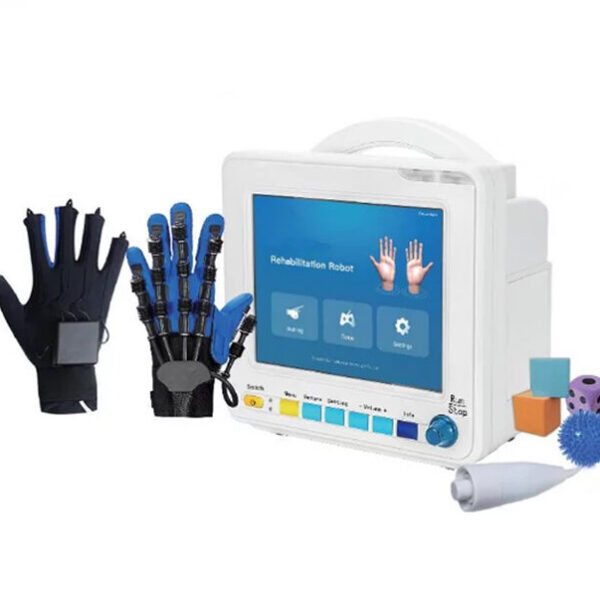- Immediate contact :
- +1-323-988-5889
- info@rehabgloves.com
Warning: Trying to access array offset on value of type bool in /home/u856774613/domains/rehabgloves.com/public_html/wp-content/themes/betheme/functions/theme-functions.php on line 1477
Warning: Trying to access array offset on value of type bool in /home/u856774613/domains/rehabgloves.com/public_html/wp-content/themes/betheme/functions/theme-functions.php on line 1482
Stroke Patients Home Therapy
July 8, 2021Risk Factors that Leads to Higher Stroke Possibility
November 3, 2021Mirror therapy and it’s effects on neuroplasticity
Warning: Trying to access array offset on value of type bool in /home/u856774613/domains/rehabgloves.com/public_html/wp-content/themes/betheme/functions/theme-functions.php on line 1477
Warning: Trying to access array offset on value of type bool in /home/u856774613/domains/rehabgloves.com/public_html/wp-content/themes/betheme/functions/theme-functions.php on line 1482
If plasticity is the capacity to be shaped, molded, or altered; neuroplasticity then, is the ability for the brain to adapt or change over time, by creating new neurons and building new networks. Historically, scientists believed that the brain stopped growing after childhood. current research shows that the brain is able to continue growing and changing throughout the lifespan, refining its architecture or shifting functions to different regions of the brain. Mirror therapy (MT) is a rehabilitation therapy in which a mirror is placed between the arms or legs so that the image of a moving non-affected limb gives the illusion of normal movement in the affected limb. By this setup, different brain regions for movement, sensation, and pain are stimulated. Incorporating mirror therapy concept into robot assisted rehabilitation has took neuroplasticity to a new level.
More than half of stroke survivors experience some level of lasting hemiparesis or hemiplegia resulting from the damage to neural tissues. These patients are not able to perform daily activities independently and thus have to rely on human assistance for basic activities of daily living (ADL) like feeding, self-care, and mobility.
The human hands are very complex and versatile. Researches show that the relationship between the distal upper limb (i.e., hand) function and the ability to perform ADL is stronger than the other limbs. The deficit in hand function would seriously impact the quality of patients’ life, which means more demand is needed on the hand motor recovery during physical therapy. However, although most patients get reasonable motor recovery of proximal upper extremity according to relevant research findings, recovery at distal upper extremity has been limited due to low effectivity. There are two main reasons for challenges facing the recovery of the hand. First, in movement, the hand has more than 20 degree of freedom (DOF) which makes it flexible, thus being difficult for therapist or training devices to meet the needs of satiety and varied movements. However challenging the concept of neuroplasticity theoretically still applies to distal upper extremity especially with the incorporation of mirror therapy into robot assisted rehabilitation.
Second, in function, the area of cortex in correspondence with the hand is much larger than the other motor cortex, which means a considerable amount of flexibility in generating a variety of hand postures and in the control of the individual joints of the hand. However, to date, most researches have focused on the contrary, lacking of individuation in finger movements. Thus better rehabilitation therapy is desperately needed.
Robot-assisted therapy for post-stroke rehabilitation is a new kind of physical therapy, through which patients practice their paretic limb by resorting to or resisting the force offered by the robot. Some robots for exemple uses the massed training approach by practicing reaching movements to train the upper limbs. Mirror therapy or mirror Image Movement Enabler (MIME) uses the bilateral training approach to train the paretic limb while reducing abnormal synergies. Robot-assisted therapy has been greatly developed over the past three decades with the advances in robotic technology such as the exoskeleton and bioengineering, which has become a significant supplement to traditional physical therapy to promote neuroplasticity. For example, compared with the therapist exhausted in training patients with manual labor, the hand exoskeleton can move the fingers of patients dexterously and repeatedly. Besides, some robots can also be controlled by a patient’s own intention extracted from biosignals such as electromyography (EMG) and electroencephalograph (EEG) signals. These make it possible to form a closed-loop rehabilitation system with the robotic technology, which cannot be achieved by any conventional rehabilitation therapy.
Based on the current literature and taking into account both physical therapists and patients feedback on sight SIFSOF has developped three Portable Rehabilitation Robotic Gloves to meet their needs;
SIFREHAB-1.0 This robot helps patients who are not able to attend physical therapy sessions at the hospital or can’t afford to see a physical therapist as often as needed to do their own rehabilitative training safely and independently. It incorporates mirror therapy and activities of daily living training ADL.
SIFREHAB-1.1 This Robot features single finger training, three modes of training, airwave massage therapy, task oriented training and mirror therapy making for a more rouned solution that can cover all stages of post stroke rehabilitation from the day a patient leaves the hospital bed to full recovery.
SIFREHAB1.2 This hand robot is more suited for clinical settings but can also be used at home. It incorporates all the previously covered features in the earlier two products plus a biofeedback system that can track a patient’s progress. It adds another layer of integration between the patient and robot through capture of the weak active conscious movements of the affected hand, then assists the hand to complete the active movement by providing robotic assistance. Multisensory stimulation in stroke rehabilitation includes motor imagery, action observation, training with a mirror or in a virtual environment, and various kinds of music therapy. Non-invasive brain stimulation has shown promising preliminary results in promoting neuroplasticity in aphasia and neglect and is a key feature in the SIFREHAB-1.2.



